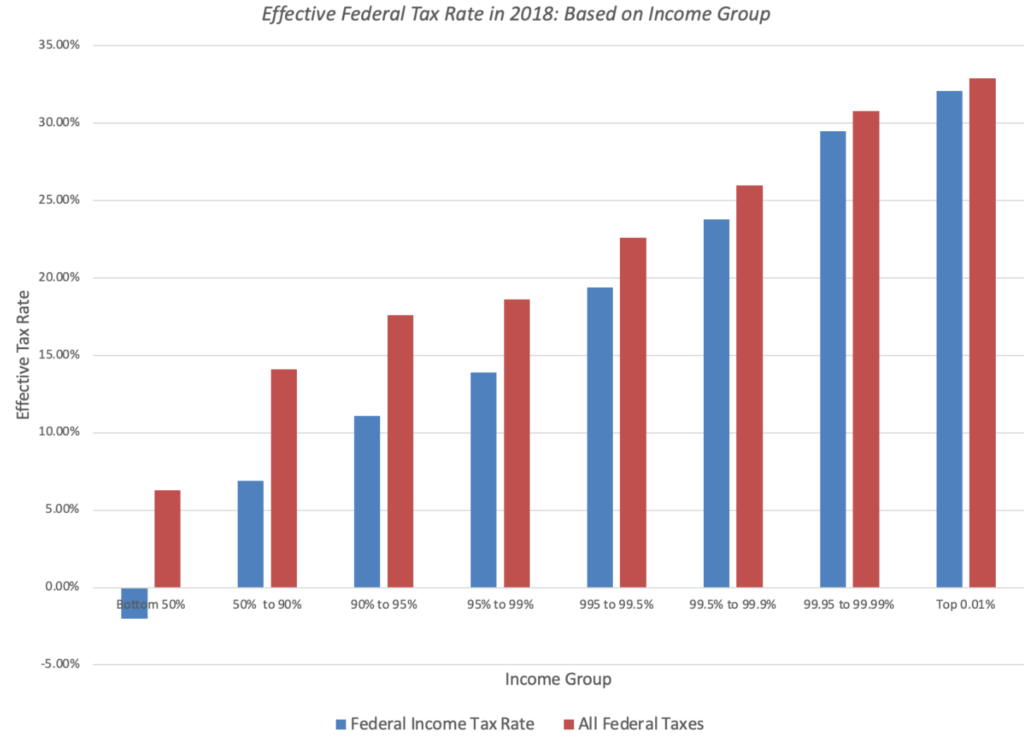Excerpt:
Newport Beach City officials are advocating for policies aimed at increasing long-term sustainability in the state public employee pension fund, CalPERS, as Newport Beach continues to make significant progress in paying down its debt obligations to the system.
On November 16, the CalPERS Board of Administration decided to maintain the fund’s discount rate, or the expected rate of return of the pension fund investments, at the current 6.8 percent. The discount rate had been lowered from 7.0 percent to 6.8 percent in July through CalPERS’ Funding Risk Mitigation Policy, which automatically lowers the discount rate in years when investment returns are above the assumed rate of return. Prior to the recent discount rate change, Newport Beach had asked CalPERS to lower its discount rate to 6.5 percent or below, a more conservative number that could help further reduce future risk.
….
Newport Beach expects to eliminate its unfunded liability by 2030, thanks to an aggressive payment schedule. Beginning in 2018, the City Council decided to increase annual payments to $35 million a year, $9 million more than required. This fiscal year, for the second year in a row, the City will contribute $5 million more as an additional, discretionary payment, bringing the total contribution to $40 million.
Publication Date: 29 Nov 2021
Publication Site: Newport Beach Independent




